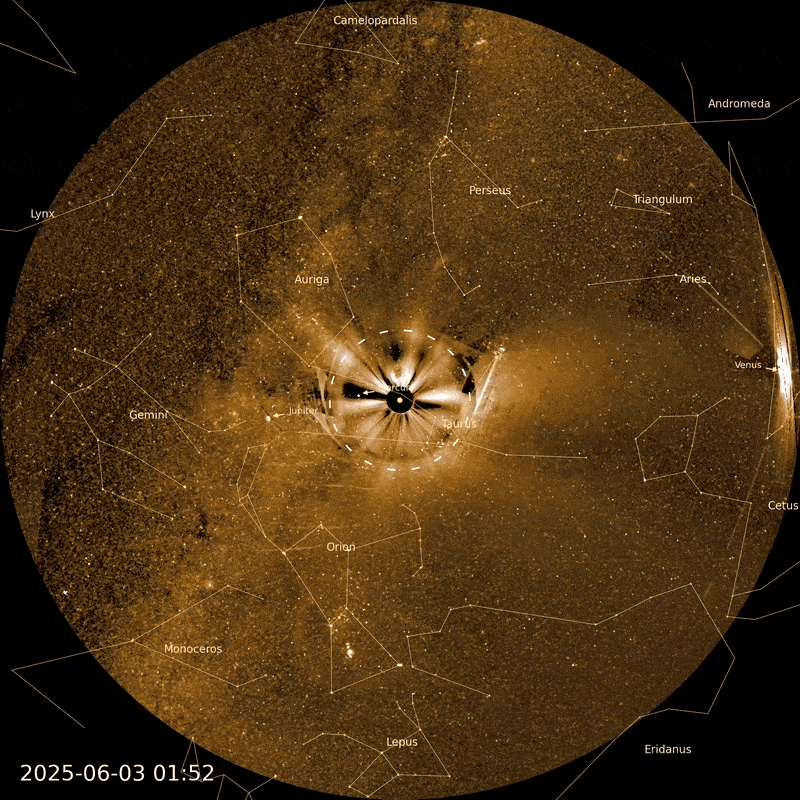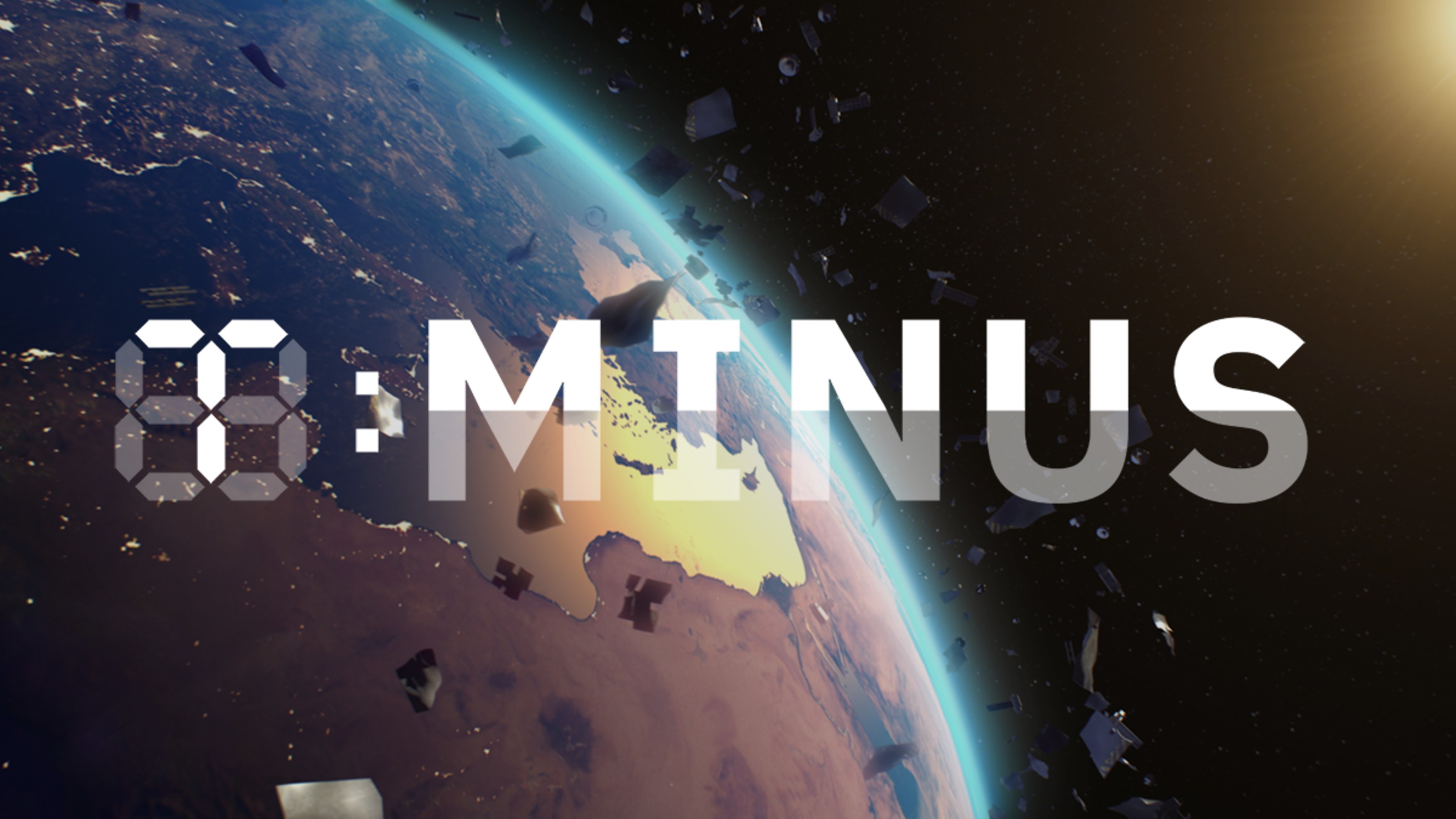Mostly Mute Monday: Ceres’ Secrets Revealed!
NASA’s Dawn Mission has finally photographed the full world at full resolution. Come see it!
“Bringing an asteroid back to Earth? What’s that have to do with space exploration? If we were moving outward from there, and an asteroid is a good stopping point, then fine. But now it’s turned into a whole planetary defense exercise at the cost of our outward exploration.” –Buzz Aldrin
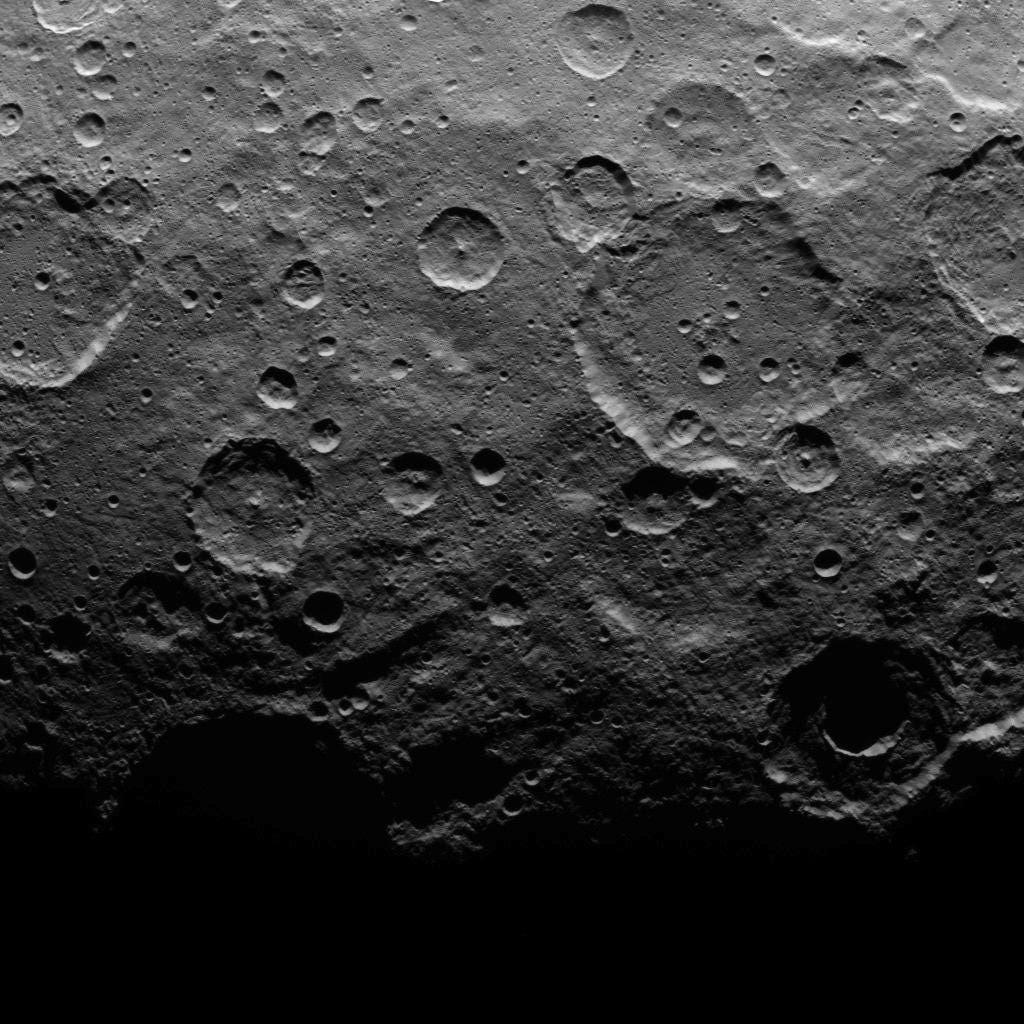
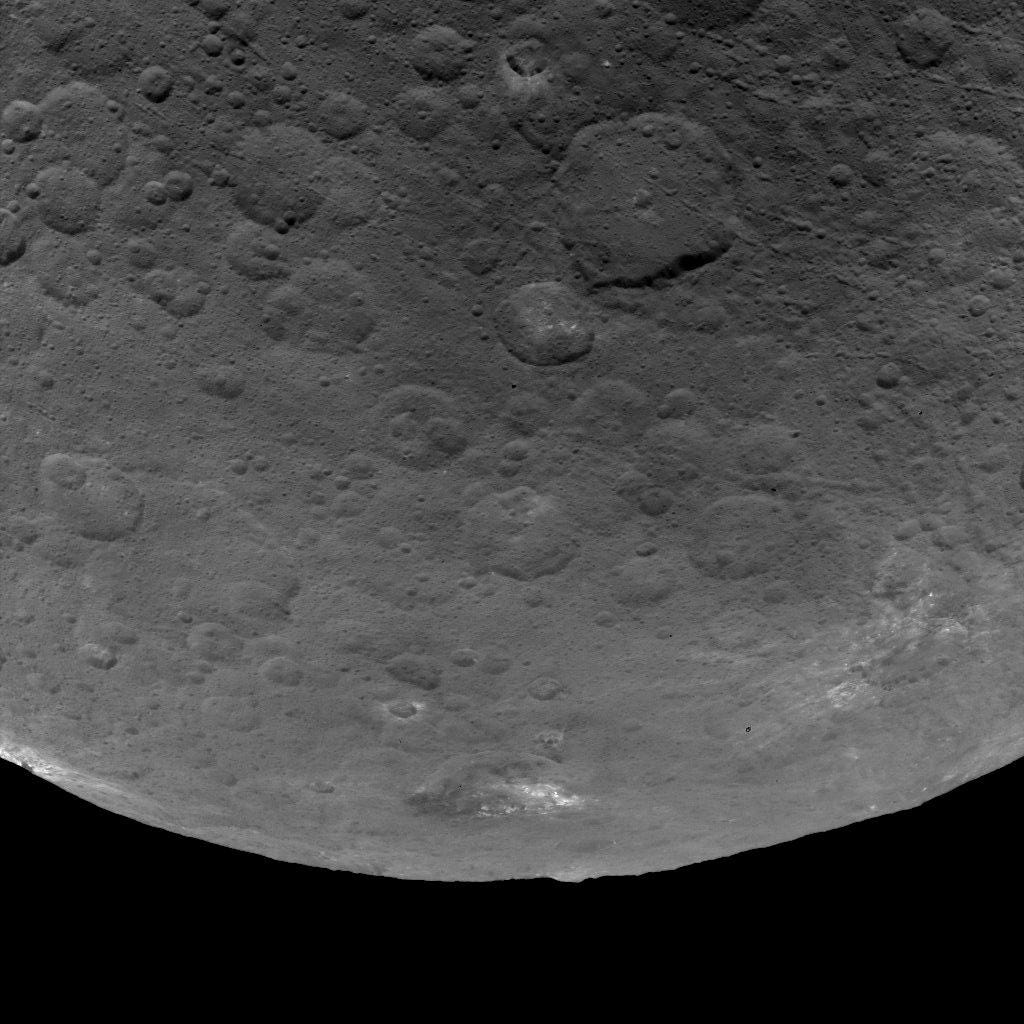
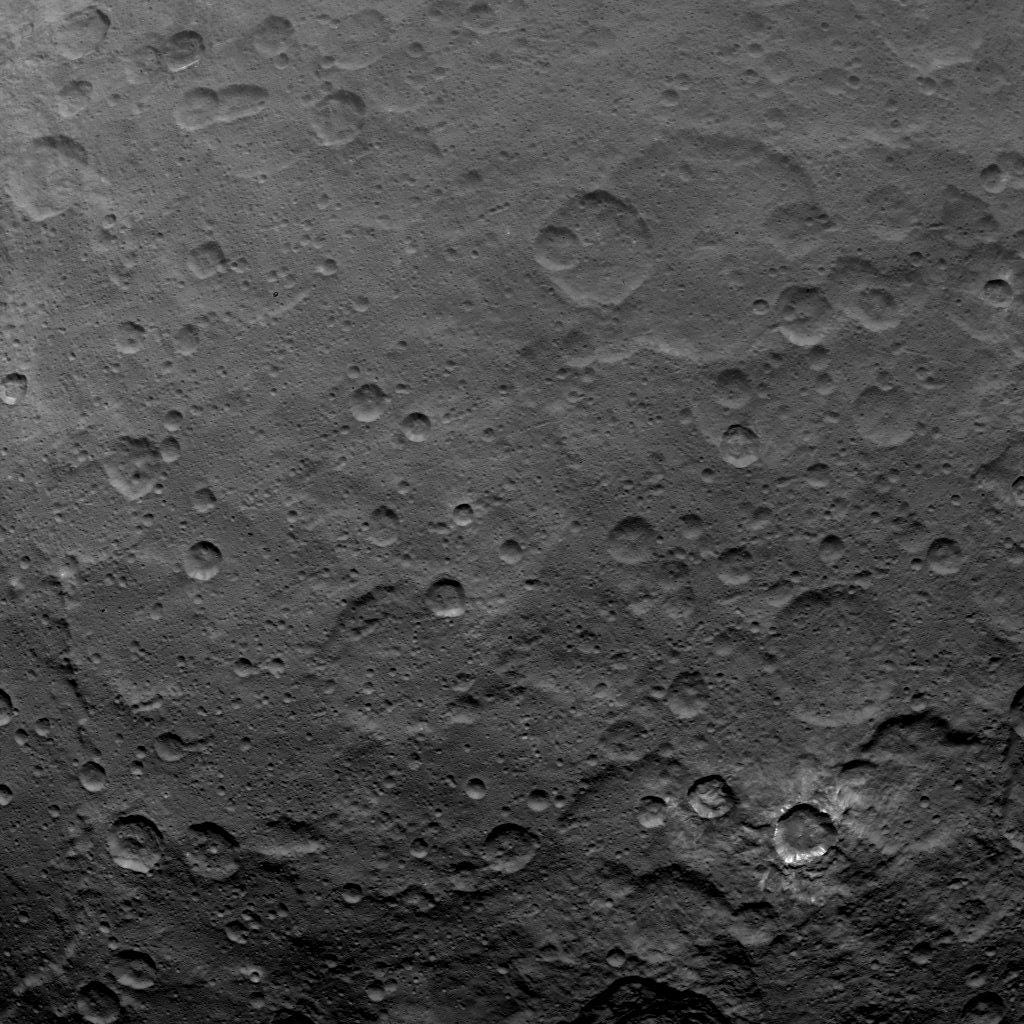
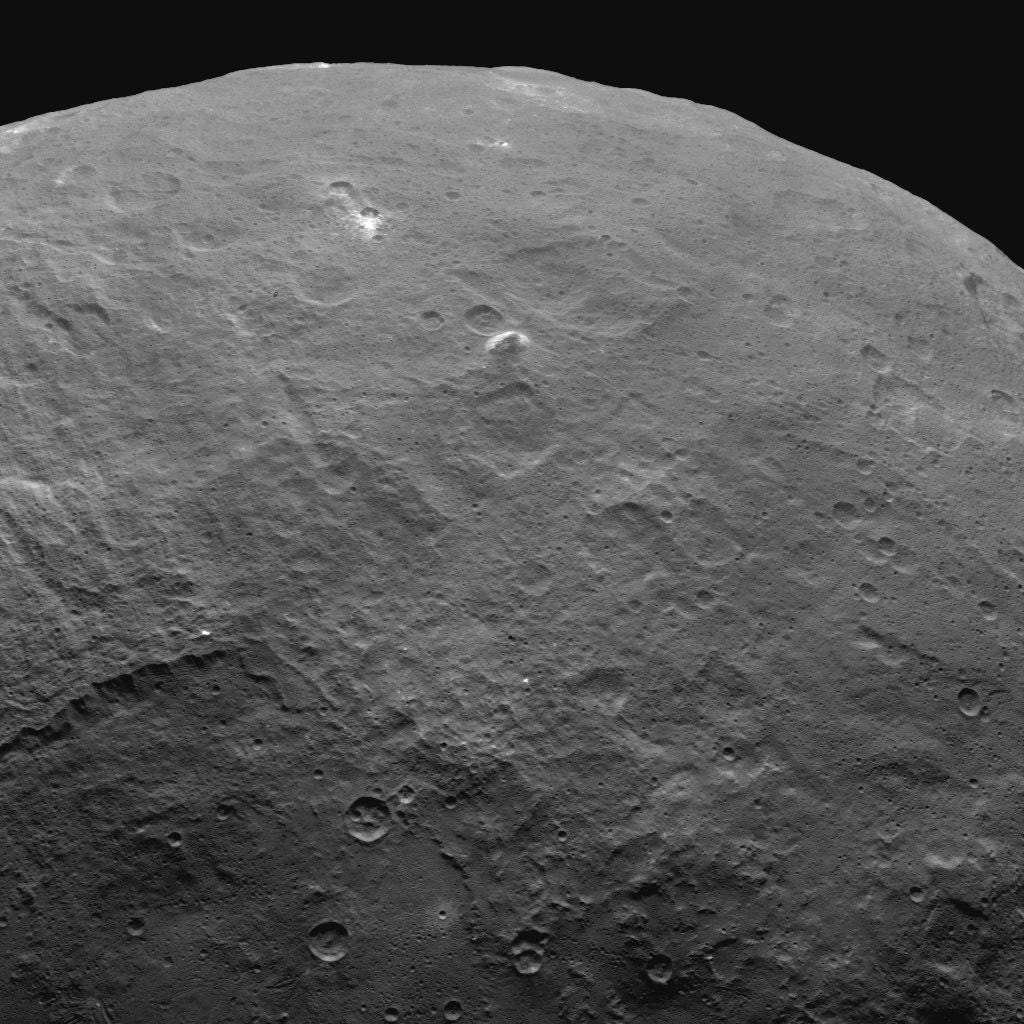
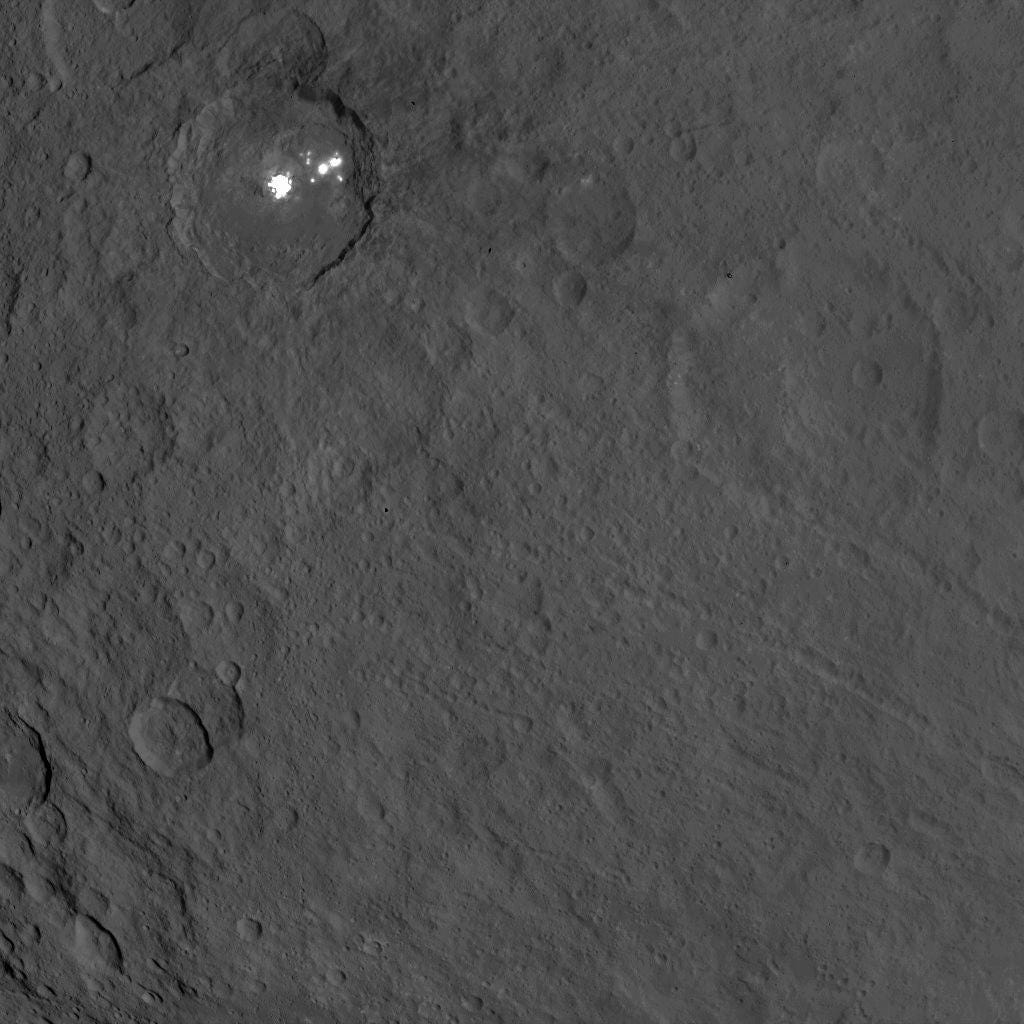
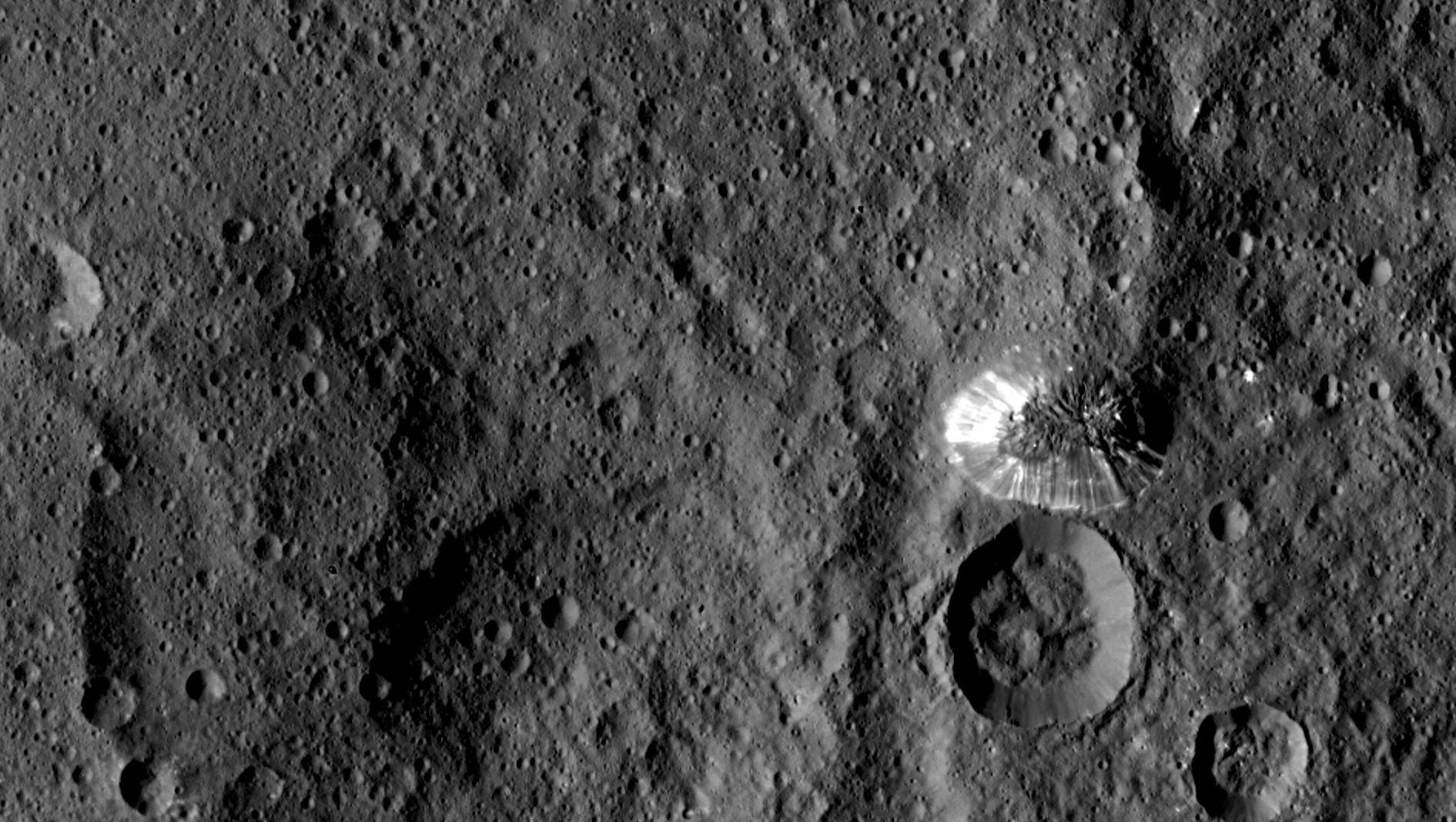
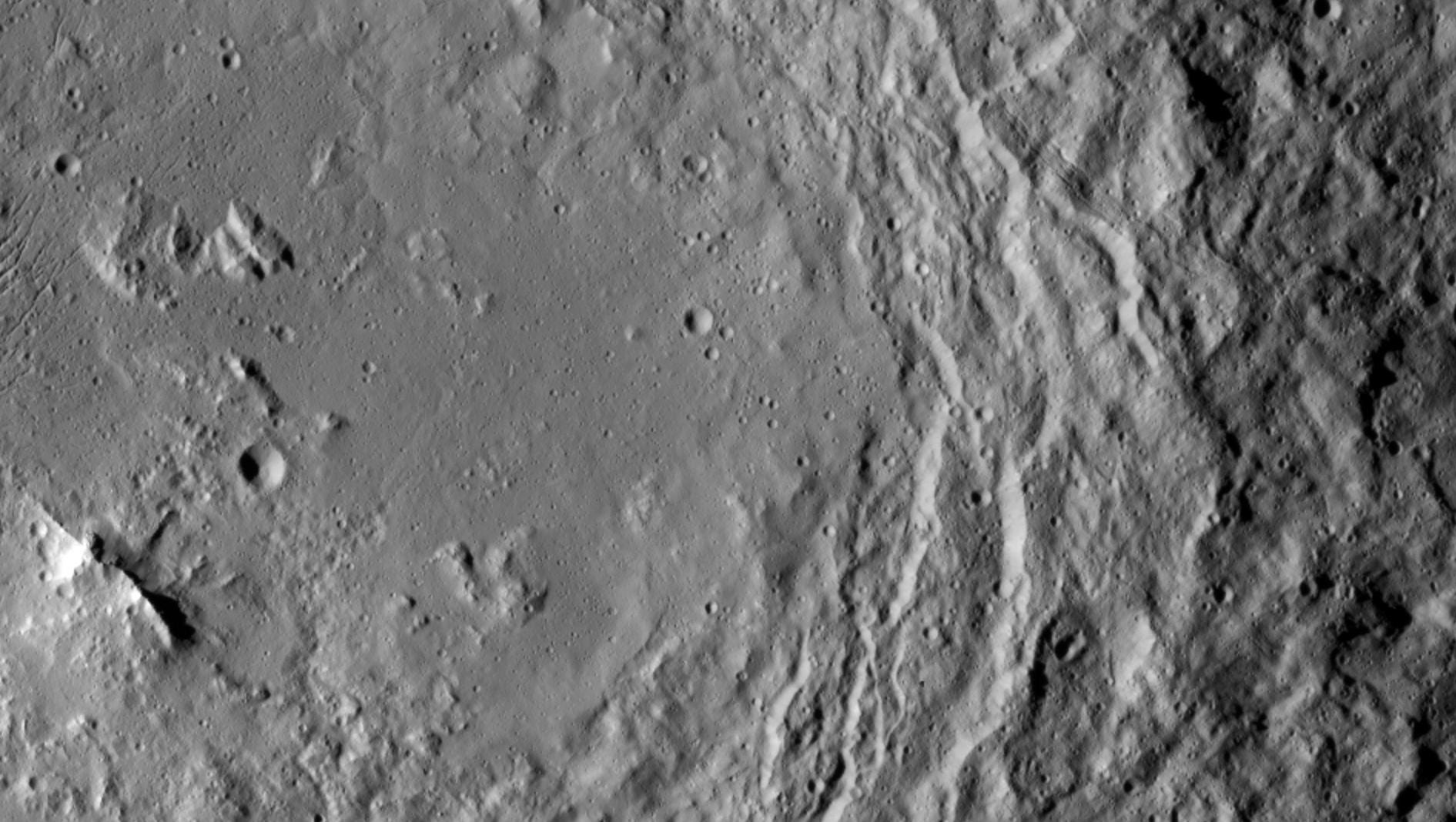
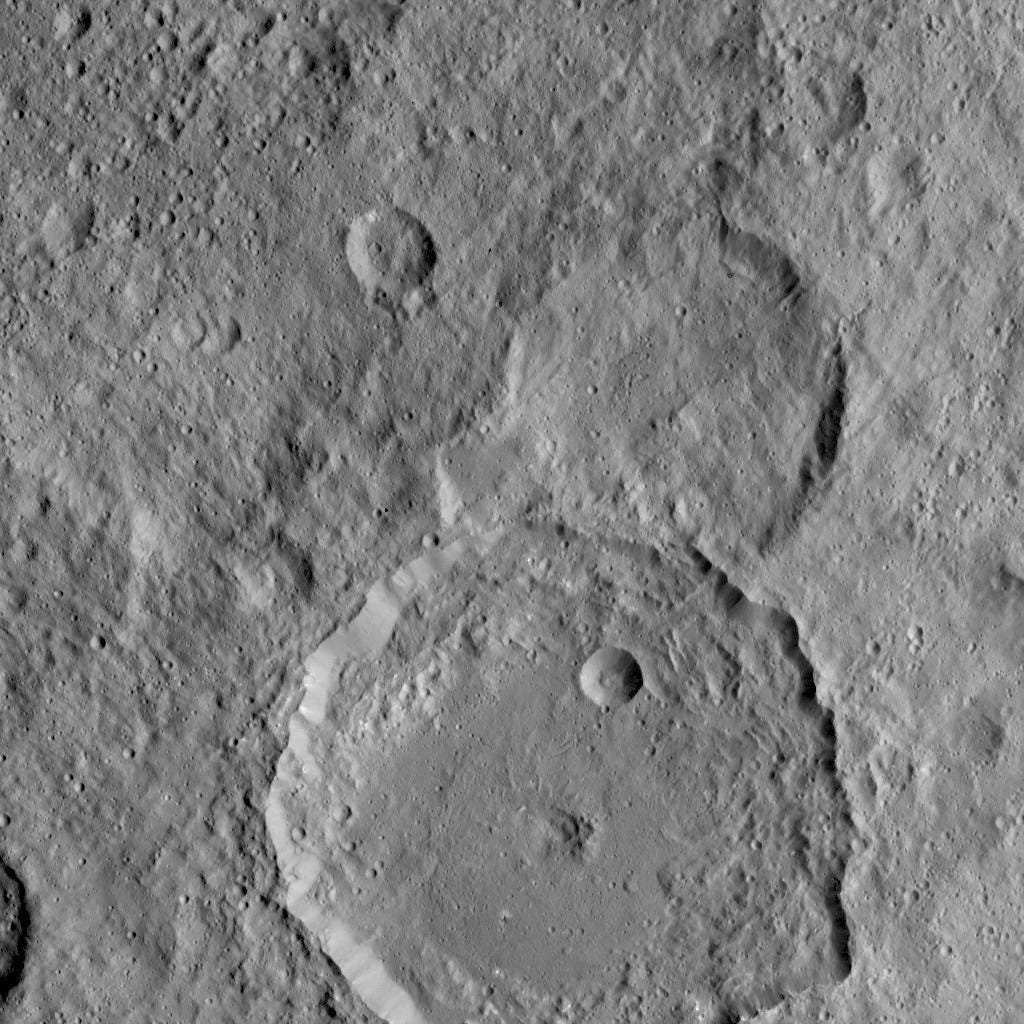
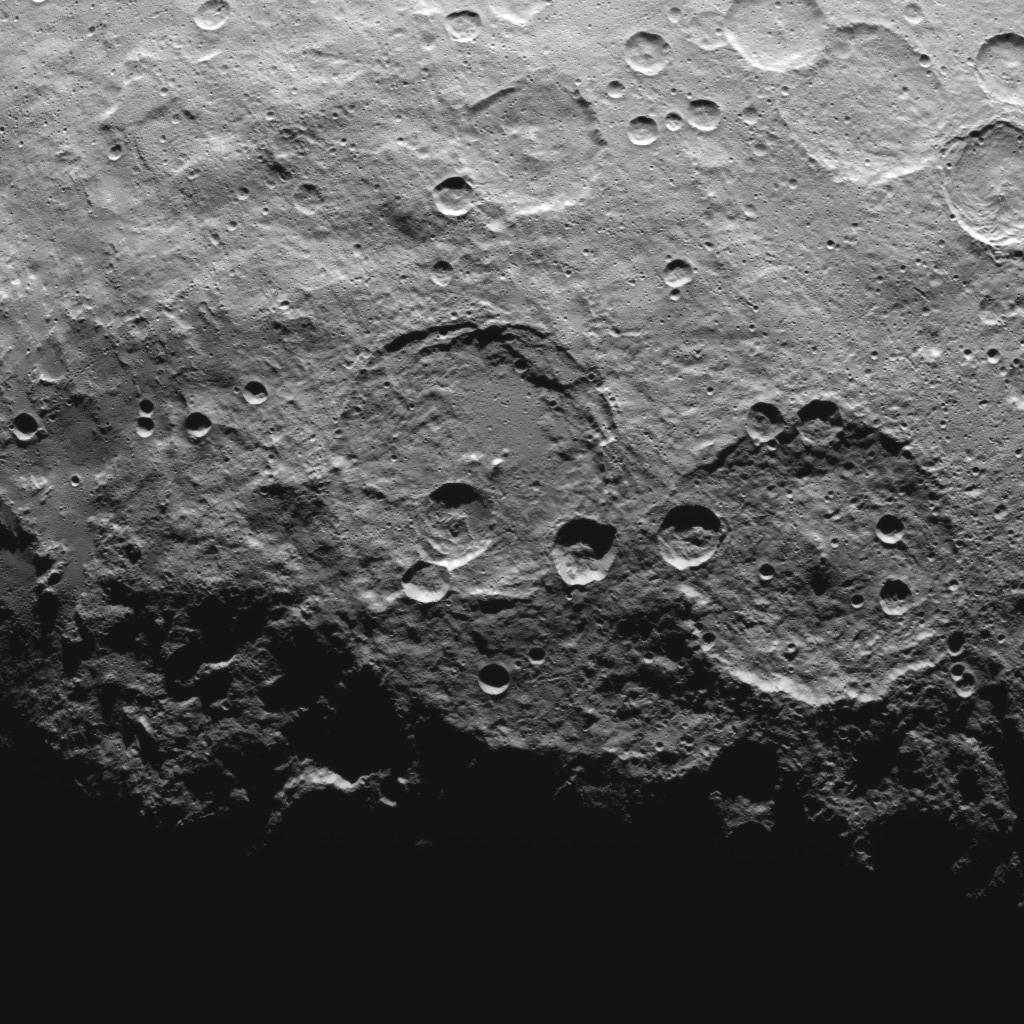

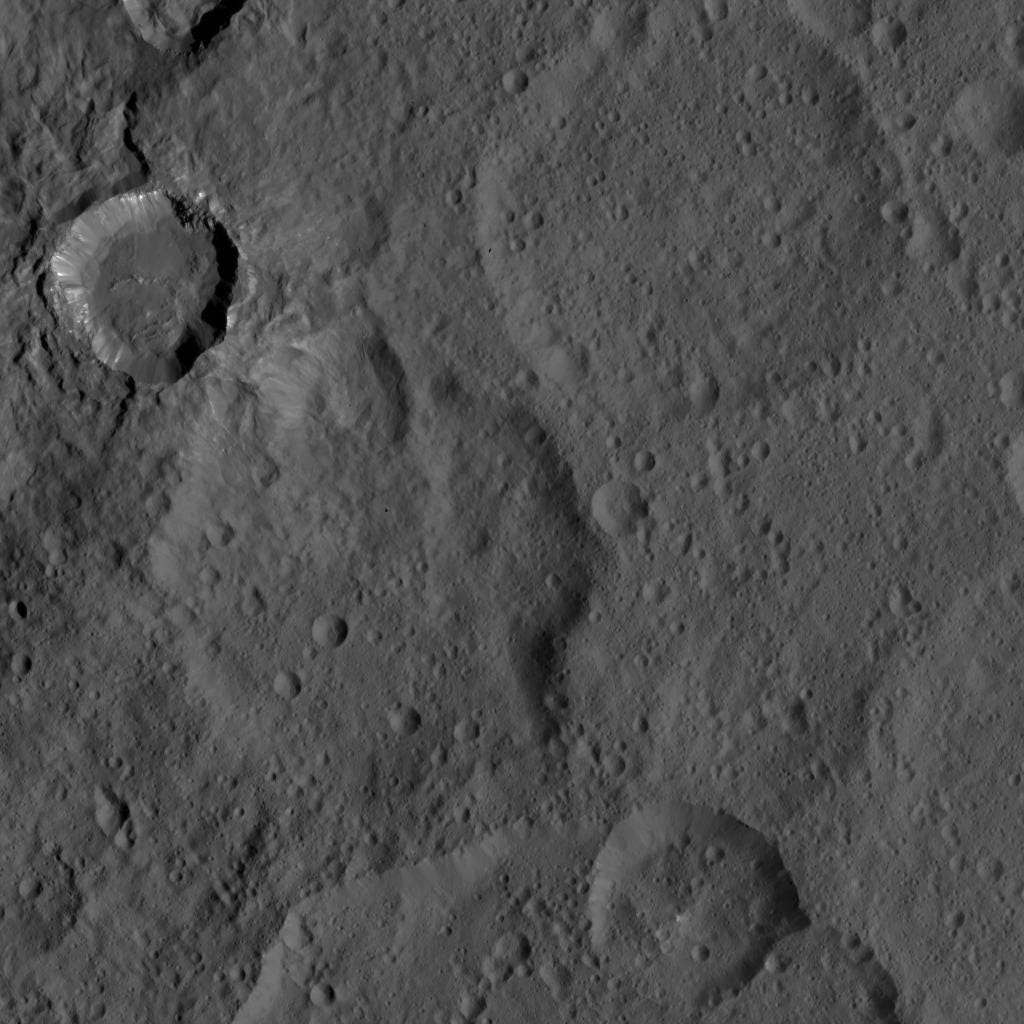
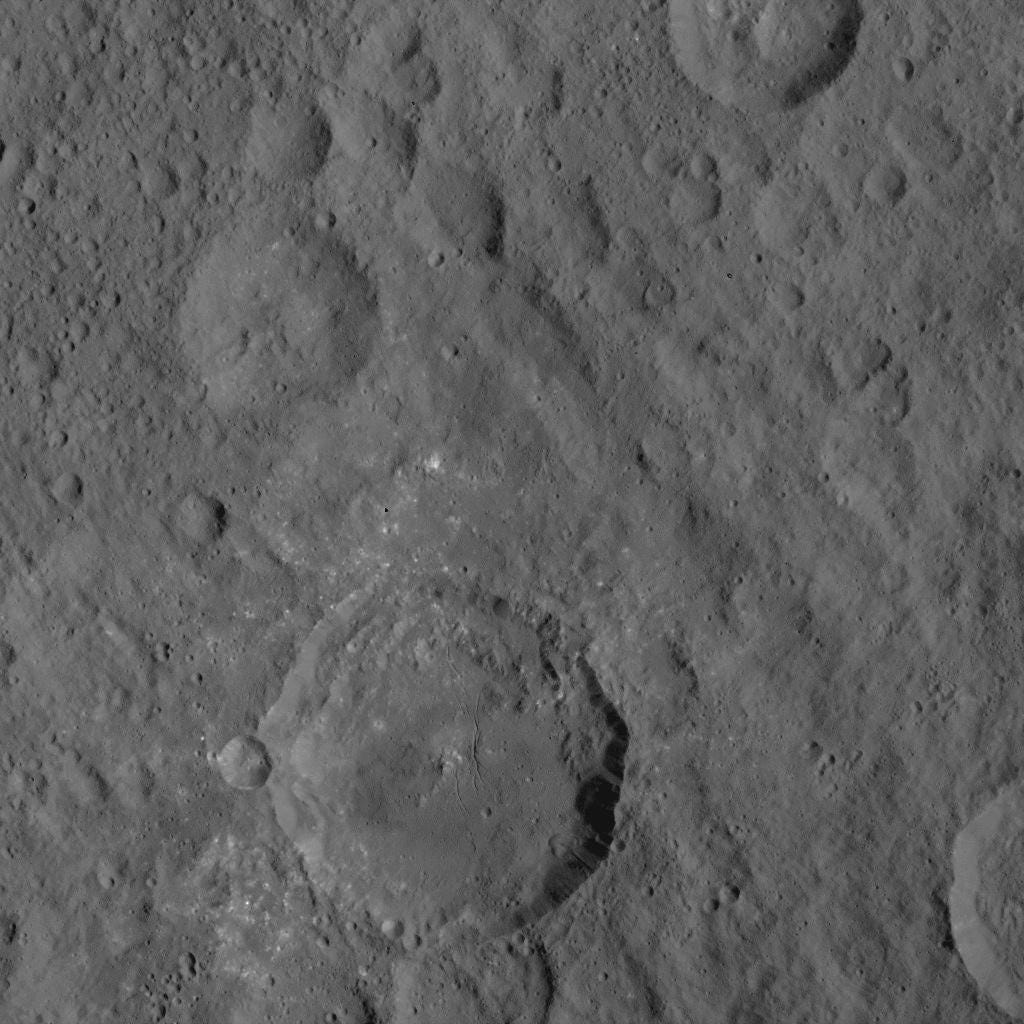
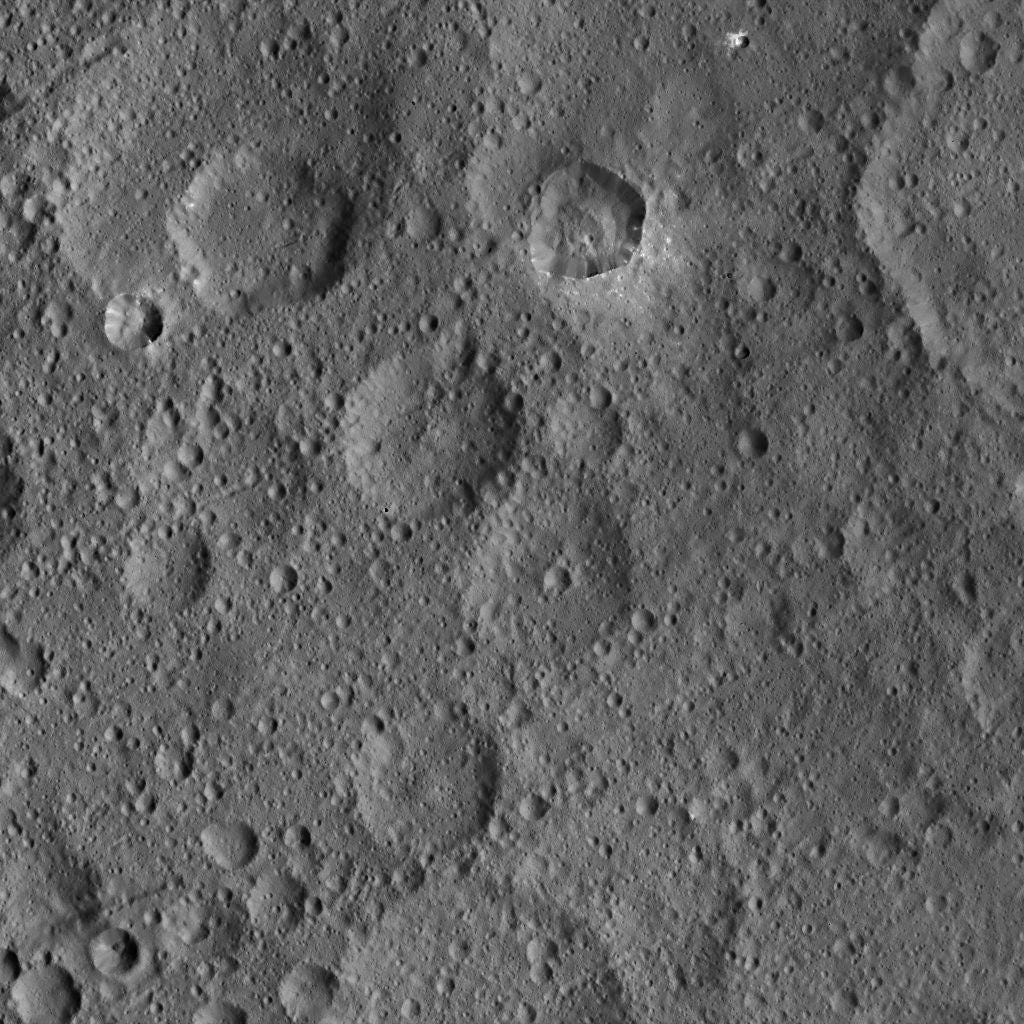
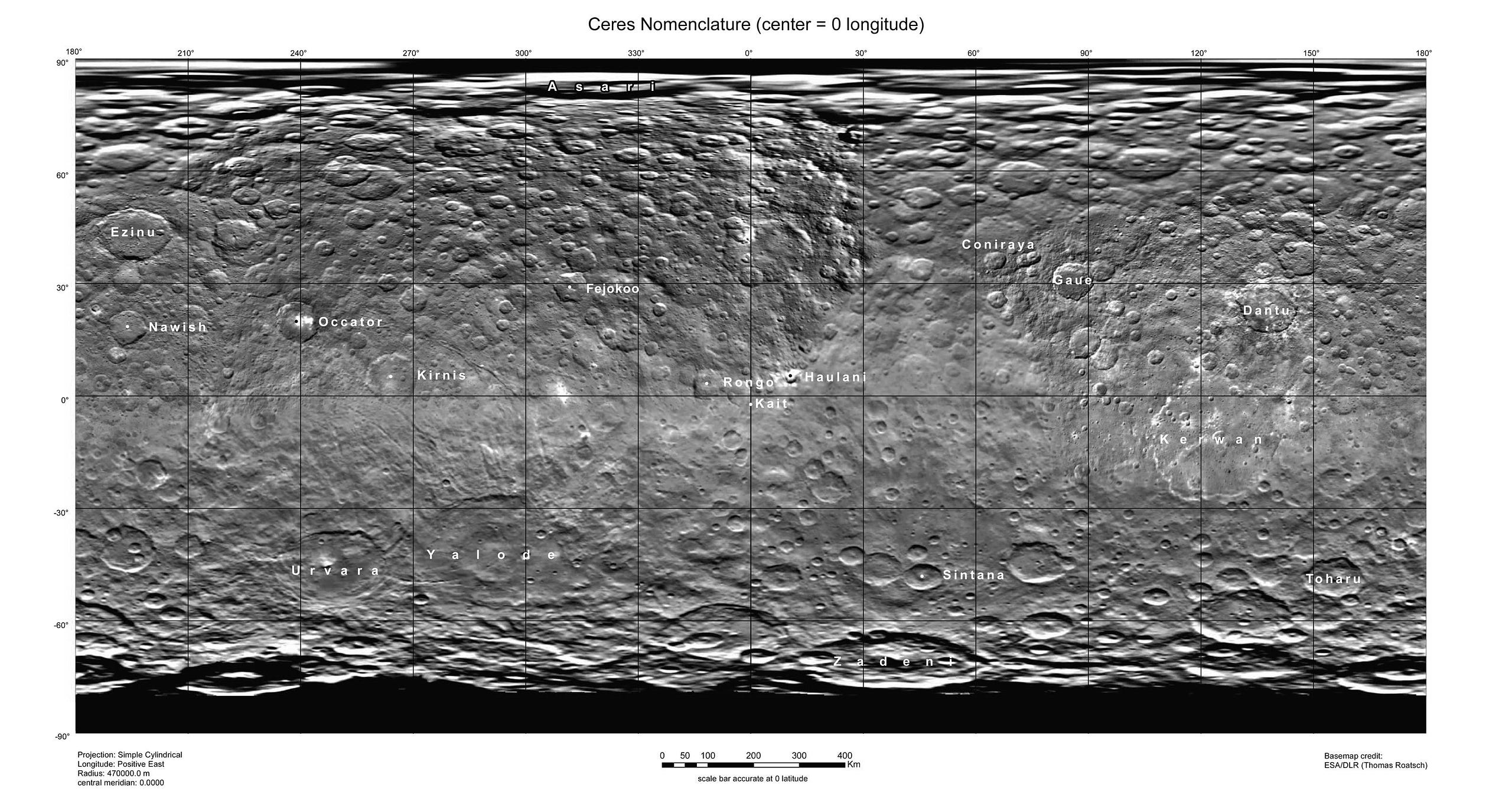
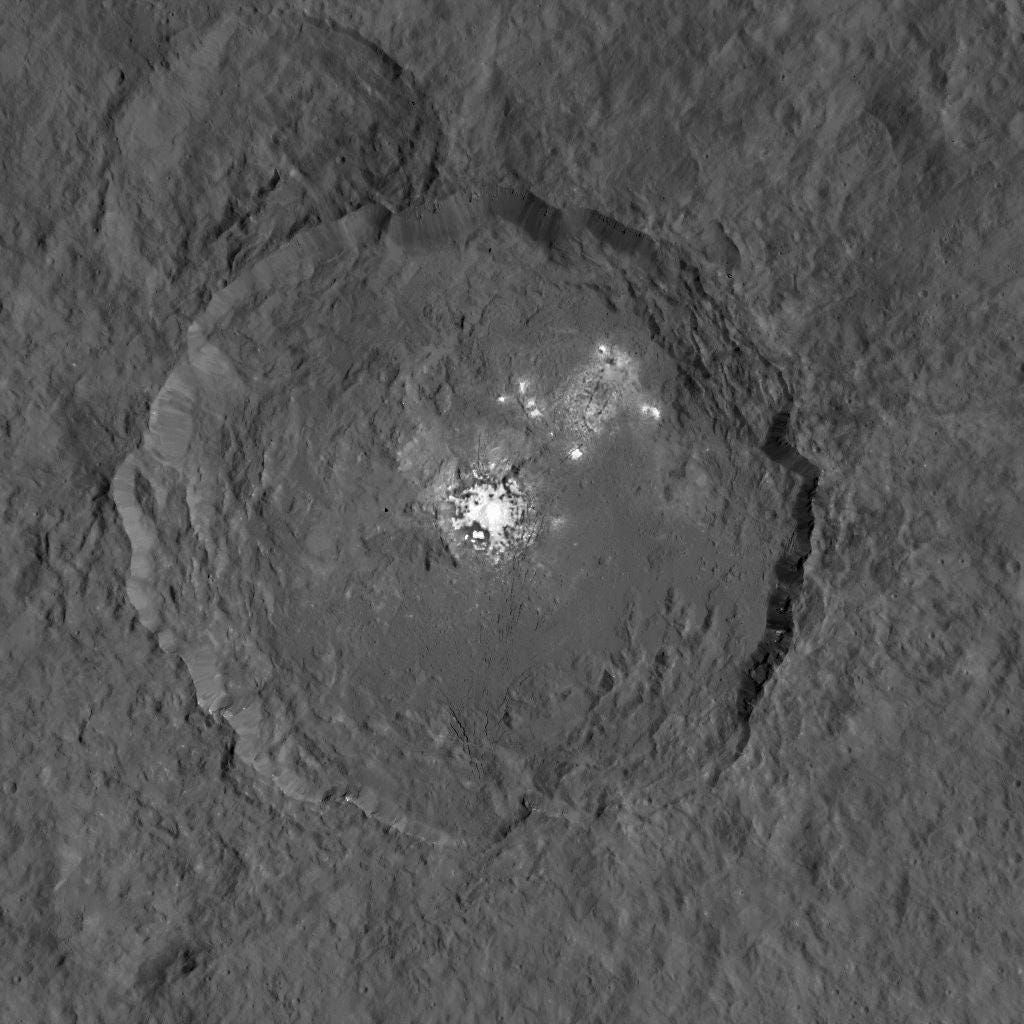
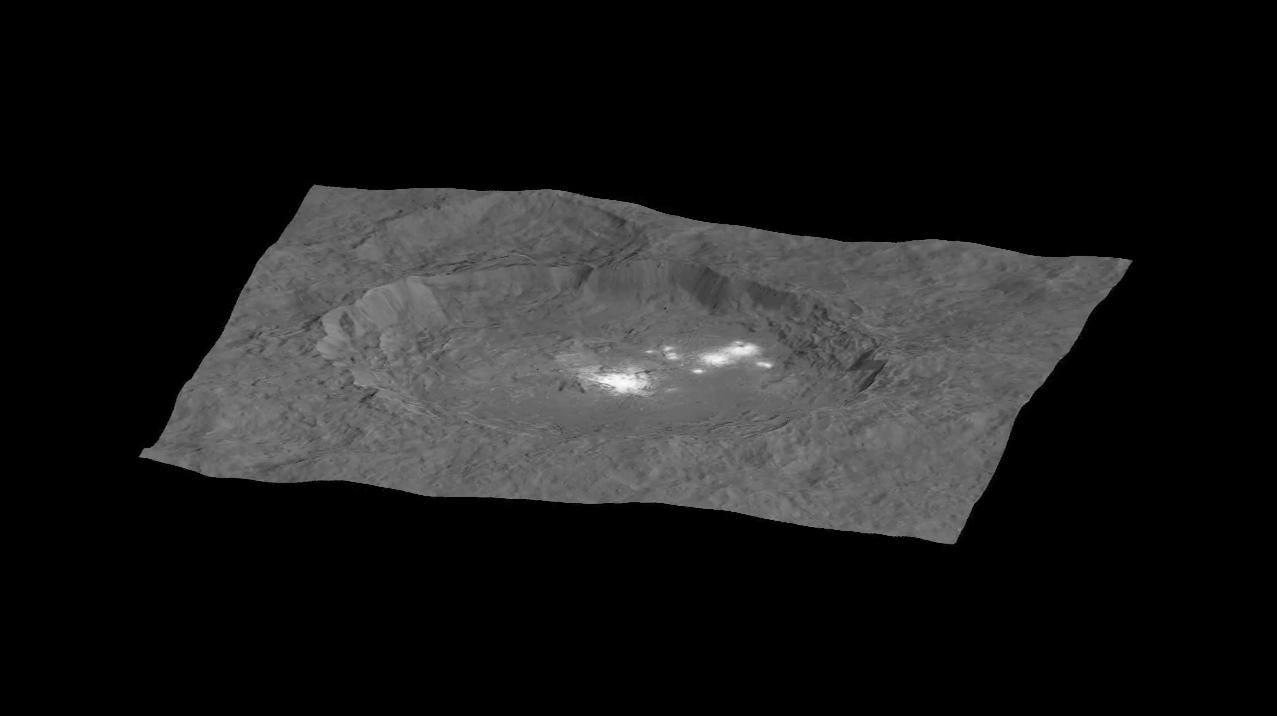
In between the orbits of Mars and Jupiter, thousands upon thousands of large, rocky bodies carve their own elliptical path through the Solar System. Even though they’re low in mass — if you were to combined them all, they’d amass less than 5% of our Moon — one of them, Ceres, is large enough to pull itself into a sphere under its own gravity, granting it the status of Dwarf Planet.
Made out of nearly identical elements to Earth’s outer layers, Ceres has spent its existence bombarded by comets, asteroids, Oort cloud objects and more, as the heavily cratered terrain reveals. The craters-within-craters tell us the surface is billions of years old, yet interesting geological features abound, such as ridges, mountains, and the mysterious “bright spots.”
Initially thought to be ice of some variety, these highly reflective features appear not just on the floor of Occator crater, but at various other locations where the surface has been impacted. They could be ices, but they could also be salt deposits, or geyser remnants, as Ceres may have a subsurface liquid ocean. Dawn is imaging the entire surface six times over, constructing global topography maps in the process. The entire archive is available here.
Mostly Mute Monday tells the story of a single astronomical phenomenon or object in visuals, images, video and no more than 200 words.
Leave your comments on our forum, and support Starts With A Bang on Patreon!

